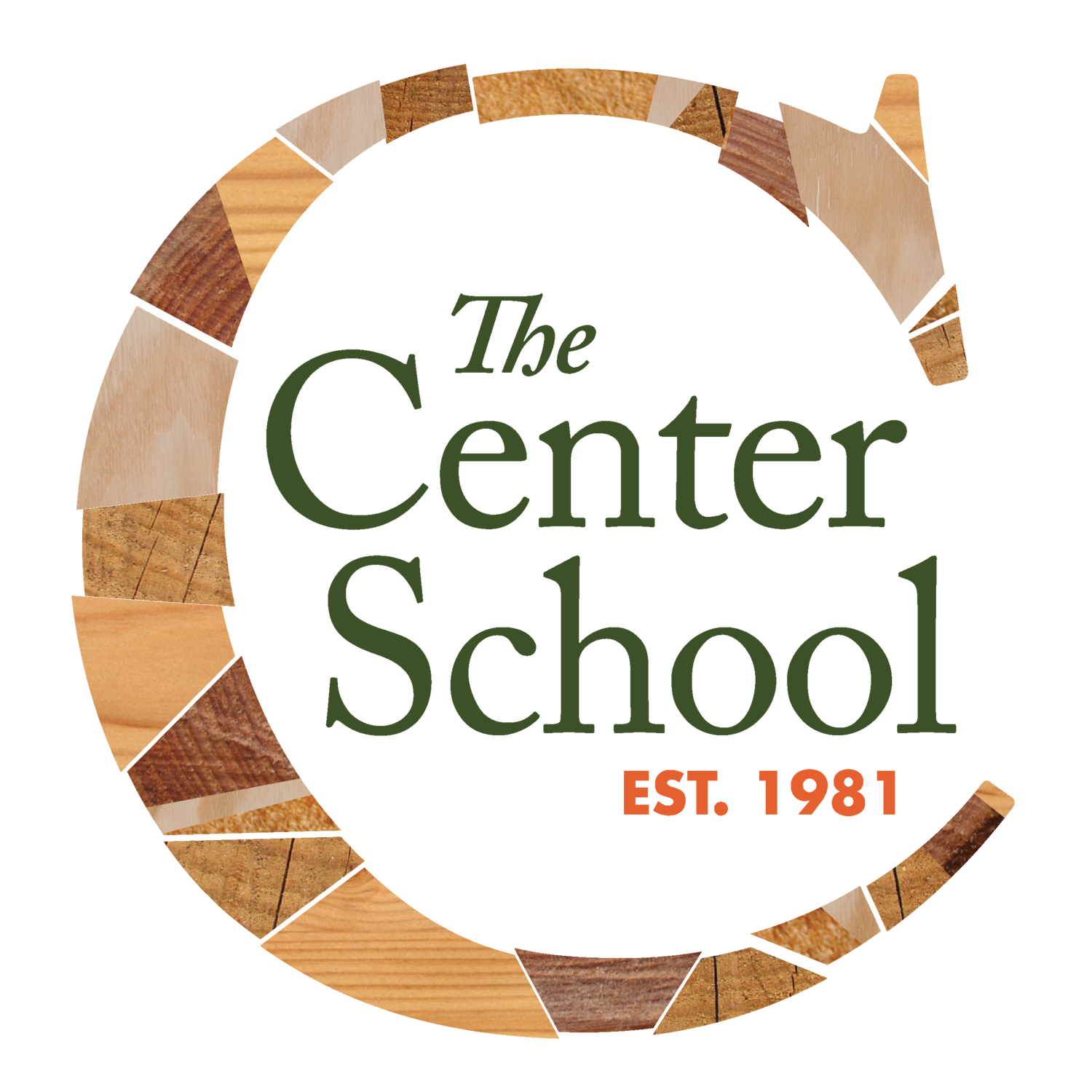Human Development in the Middles (4th/5th)
Human Development is, openly, one of my favorite things to teach in the Middles. With the solid foundation of Body Ed that Center School students get each year in the younger grades, students enter the Middles ready to have deep and respectful conversations about growing, changing, and becoming who they are. 4th and 5th graders are also largely able to have these conversations without any sort of shame or self-consciousness. It’s beautiful. I will never get tired of seeing the enthusiasm and confidence with which students shout, “vulva,” “scrotum,” or “menstruation” as we play the puberty vocab matching game.
Every year the content of Human Development changes based on the needs and interests of the current students. What stays the same each year are the values we frame our learning around. These values, called the Sexuality Education Bill of Rights, have come from the Our Whole Lives curriculum. Students have the right to:
ask any questions you have about sexuality
receive full and accurate information about sexuality
gain the knowledge and values you need to make decisions about sexual matters
be supported in sexual expression that is healthy and life-affirming
be treated with respect by facilitators and other participants in this group
The two resources that we use heavily during Human Development are the Our Whole Lives curriculum as well as reading Sex Is A Funny Word by Cory Silverberg and Fiona Smyth.
Throughout Human Development, I assign homework in the form of conversations between students and their trusted adults. These assignments help students figure out their own values and include asking trusted adults about their experiences with puberty, their ideas about gender, and what their family values are.
One of the best parts of Human Development is the routine of the Question Box. We end every class with students putting their anonymous questions in our question box and begin the next class by answering those questions. I’ve found this practice incredibly helpful in understanding where the students are at and helping to shape where we go. Sometimes questions require factual answers which I always give, like, “How many teeth do you have and do you lose all of them?” or “What is a hormone?”. Other times the questions are looking for advice, such as, “How do I form a close friendship?” or “How old do you think someone should be to kiss someone who is their age and not their family?”. For these questions, the students share their ideas before any adults weigh in. This year we’ve had a particularly philosophical class, asking questions like “Why do we love people?”, “Why do we have enemies?”, and “If love is just a chemical reaction that compels animals to breed, why do people chase it?”
This year, we are wrapping up our Human Development work with a unit on death and dying. Over the course of the year, a number of Middles have experienced the death of a pet or loved one. Meaghan, our school counselor who has joined us each week for Human Development, shared that normalizing death and dying for children is a passion of hers. When we were growing up, death was a subject rarely talked about and grief often went unprocessed. Our goal in finishing the year with this study is to give students an outlet to talk and learn about ways we can celebrate the lives of the people and pets who have died. This study is still in process and so far the students have been enjoying sharing their family’s practices and learning about different cultural practices from around the world. Our study will end with a ceremony for students to share art, poetry, stories, and music as a celebration to honor loved ones who have died.


